We use cookies, including cookies from third parties, to enhance your user experience and the effectiveness of our marketing activities. These cookies are performance, analytics and advertising cookies, please see our Privacy and Cookie policy for further information. If you agree to all of our cookies select “Accept all” or select “Cookie Settings” to see which cookies we use and choose which ones you would like to accept.
HELPFUL HINTS
Refrigerator size guide: understanding standard fridge sizes
- Discover the most common size of fridges and why the height, width and depth is so important
- Make the right choice for your kitchen by learning about the different styles of fridges
- Ensure your preferred fridge will fit in your home by properly measuring the refrigerator and the space within your kitchen
There’s no doubt that refrigerators are one of the most important appliances in our homes. Used multiple times a day, they come in all sorts of shapes and sizes. Modern models also boast an array of different features, from ice dispensers and wifi connectivity to glass panels that show the contents of your see-through fridge without opening the door.
When looking to invest in a new refrigerator, you’re bound to have questions about fridge sizes, styles, energy ratings or even the best way to measure the space in your home. This guide will help to answer all of your queries and ensure you choose the right product to perfectly fit your kitchen.
Converting the dimensions of small, medium and large refrigerators
It’s vitally important that you know the exact dimensions of a refrigerator to make sure that it will fit within your kitchen. With that in mind, we’ve put together a useful conversion guide that will show you the width, height and depth of different fridge sizes in inches and centimetres.1
| Size | Width (in.) | Width (cm.) | Height (in.) | Height (cm.) | Depth (in.) | Depth (cm.) |
| Small | 20 | 50.8 | 55 | 139.7 | 21 | 53.3 |
| 21 | 53.3 | 57 | 144.8 | 24 | 66 | |
| 22 | 55.9 | 58 | 147.3 | 26 | 66 | |
| 23 | 58.4 | 59 | 149.9 | 28 | 71.1 | |
| Medium | 24 | 61 | 60 | 152.4 | 30 | 76.2 |
| 25 | 63.5 | 61 | 154.9 | 31 | 78.7 | |
| 26 | 66 | 62 | 157.5 | 31 | 78.7 | |
| 27 | 68.6 | 63 | 160 | 32 | 81.3 | |
| 28 | 71.1 | 64 | 162.6 | 32 | 81.3 | |
| 29 | 73.7 | 65 | 165.1 | 32 | 81.3 | |
| 30 | 76.2 | 66 | 167.6 | 33 | 83.8 | |
| 31 | 78.7 | 67 | 170.2 | 33 | 83.8 | |
| 32 | 83.1 | 68 | 172.7 | 34 | 86.4 | |
| Large | 34 | 86.4 | 70 | 177.8 | 34 | 81.3 |
| 35 | 88.9 | 71 | 180.8 | 35 | 88.9 | |
| 36 | 91.4 | 72 | 182.9 | 35 | 88.9 |
Standard fridge sizes
As mentioned, refrigerators vary in size and shape but the most common range is from 71-101cm in width, 147-182cm in height and 71-89cm in depth. This relatively broad range ensures that there is plenty of choice and there should be an option to suit every home. Below we’ll look at three different sizes and provide average dimensions in centimetres using the following: width x height x depth.
Small fridges: 51-61 x 139-152 x 53-76
If you’re short on space in your kitchen then a single-door fridge may be the best option. These tend to be slimmer, with an average width of 56cm, yet maintain the standard height of around 147cm.
Alternatively, if you are seeking a space-saving appliance that only needs to store a limited number of items then a mini-fridge could be the ideal solution. The LG Mini Bar is a great example of a compact refrigerator that offers a sleek design that means it would not look out of place in a home office or even the living room.2
Ensuring that basic products such as drinks, ready meals and snacks are easy to reach, it still boasts a convenient capacity of 44 litres and uses direct cooling technology to save energy.
Medium fridges: 61-83 x 152-172 x 76-91
Perhaps the most common choice for households, especially within Europe, remains the single-door fridge freezer. Designed to perfectly fit within most kitchens, these refrigerators tend to boast an elegant and practical design.
A great example is the frost-free fridge freezer, which has a range of excellent features and a sizable 341-litre capacity. The larger fridge section – which takes up 70% of the appliance – uses NatureFresh technology to keep food fresher for longer. This is achieved through precise temperature control and faster cooling.
The fridge also features an innovative lattice-patterned box that helps to maintain the moisture level at the optimal level. Ideal for storing fresh fruit and vegetables, it helps keep the products crisper for longer.3
Large fridges: 86-91 x 177-182 x 83-89
Growing in popularity due to the huge range of features and the growing trend for kitchens to be open plan, large refrigerators come in a variety of styles. Most will have at least two doors and boast a huge capacity that can accommodate even a large family’s storage needs.
If you are looking for a refrigerator that is packed with technology and combines a fridge and a freezer, then this multi-door fridge freezer is a great option. Featuring a sleek mirrored glass panel, you simply have to knock twice in order to see inside the easy-access compartment. This is where you can store your favourite food and check if you’re running low without even opening the door. This reduces cold air loss and helps keep food fresher for longer.4
It also has a water dispenser with a built-in UV light which sterilises and eliminates 99.9% of bacteria automatically every hour, while within the fridge there is a slim indoor ice maker and a retractable shelf that is perfect for storing tall and bulky pots and bottles.
The fridge also has a huge 508-litre capacity and is even compatible with a smartphone. This way, if you download the LG ThinQ™ app, you can remotely adjust the temperature setting within the fridge so that it is ready to accommodate a particularly large shop.
The most common refrigerator styles
We know that the size of the refrigerator can vary, but what about the style? Well, below we’ll explain what you can expect from each type of fridge on the market.
Tall fridge freezers:
Very much to the point, a tall or upright refrigerator refers to the height of the appliance – which can range from around 139-182cm. These tend to have a single door and are a good option if you have a tight kitchen.
American fridges:
American fridges are slightly different to tall fridges as they feature double doors that open from the middle outwards. This means they require a bit more space as they tend to be wider. It also means they have a larger capacity so are ideal for bigger families who need to store a lot of food and drink.
Bottom freezers:
Fridges with bottom freezers are perfect for those who don’t have room for a separate freezer unit. These models feature a dedicated space for frozen items under the main refrigerator segment.
See-through fridges:
These allow you to check the contents of your fridge without even opening the door thanks to a glass panel. This means that you will significantly reduce cold air loss and food will stay fresh for longer.4 See-through fridges also help save energy as well.
Side-by-side fridges:
Similar to the American fridge, side-by-side fridges have two doors but one section is a fresh food compartment and the other is a freezer compartment. Providing huge amounts of storage space, they require a large kitchen as they take up a substantial amount of room.
Multi-door fridges:
A great option for anyone who likes to keep their fridge freezer well organised, multi-door fridges often come with three or four doors and compartments. There are usually two larger compartments at the top for the fresh food, and then two smaller compartments for the frozen items.
How to properly measure for a new refrigerator
Now you’re aware of the various refrigerator styles, the next job is to find out which one will suit your kitchen. While design will undoubtedly play a part in the decision, perhaps the most important thing to know is the dimensions of the fridge. This is crucial if you have a kitchen island or alcove.
How to measure for refrigerator depth
To determine the regular depth, you first of all need to measure from the wall to the edge of your countertop. You will also want to measure the following for a comprehensive record that will ensure you get the best fit.
- Depth including fridge doors
- Depth with fridge closed – including handles
- Depth with fridge door open at 90 degrees
- Depth with fridge door and drawers open
You will also want to leave at least one 2.5cm of extra space between the back of the fridge and the wall in order to ensure proper ventilation.
How to measure for refrigerator width
This time you will need to measure from the wall to the kitchen counter or perhaps between two cabinets. Essentially you need an accurate measurement for the space where the fridge will be placed.
It’s also important to note that if your refrigerator is going to be located next to a wall, then you need to leave an extra 5-8cm between the wall and the hinge side of the door so it can swing open.
How to measure for refrigerator height
Especially important if you are thinking of investing in a tall refrigerator or have a particularly compact kitchen, you’ll need to measure the height of the appliance. This is also key if you have cabinets that will sit above the fridge.
Simply measure either from the floor to the ceiling, or to the bottom of the cabinets, to know which size fridge will fit in your space.
Once you have all of your measurements and know exactly which style best suits your home, the only thing left to do is make sure you know how to get your new refrigerator snugly to where it belongs.
This may require a bit of forward planning as you’ll need to map out the delivery route from the front door to the kitchen, measuring the width and height of hallways and door frames. Once you’re confident there’s a clear path, you can set a delivery date and soon be enjoying your new purchase.
Life's Good!
1 Not all LG models mentioned in this article are available in all countries. Please refer to the retailers and LG.com product pages which are applicable to your region.
2 Converted sizes are approximated to the nearest tenth unit.
3 LINEAR Cooling™ reduces temperature fluctuations, locking in the fresh flavour for up to 7 days.
4 The comfortable door-in-door concept facilitates quick access to frequently required food and drinks. In addition, the cold loss is reduced by 41% (compared to conventional models without a door-in-door concept).
5 Based on Intertek testing of SX5534WB, GR-S632GLRC, and LFX31945ST/02, according to LG internal test method, measuring percentage reduction in exchange rate of air when opening Door-in-Door™ compared to fridge door for 10 seconds. Results may vary by models and duration of door opening.
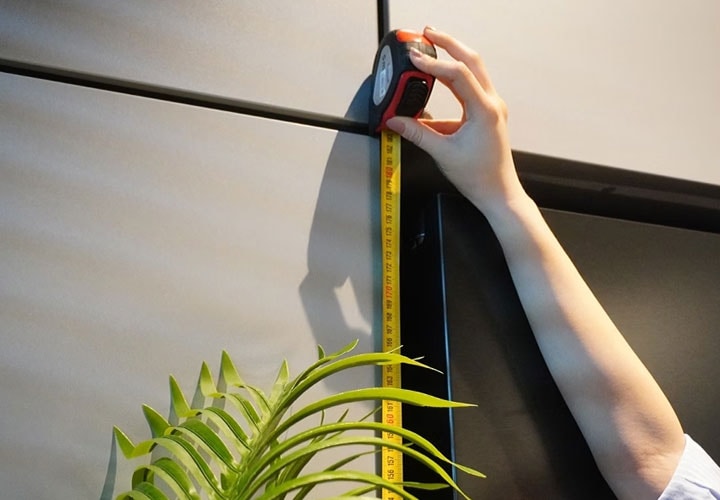
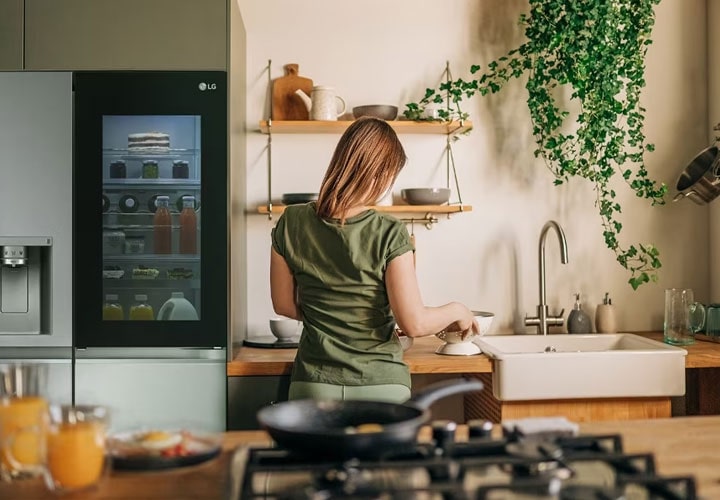
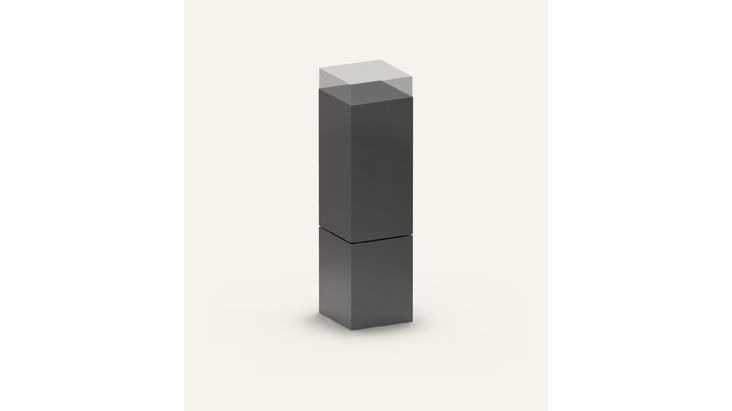
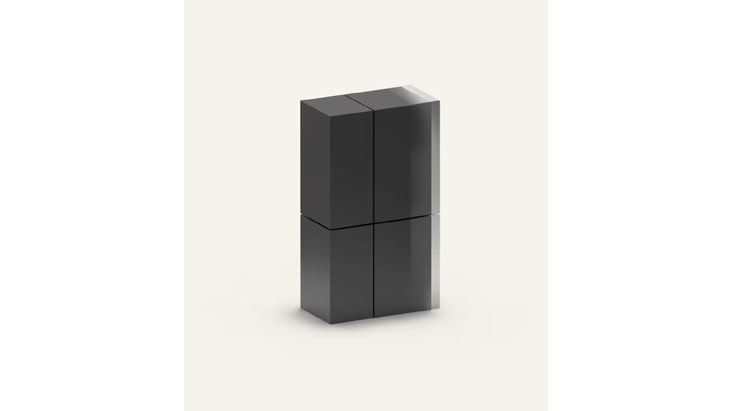

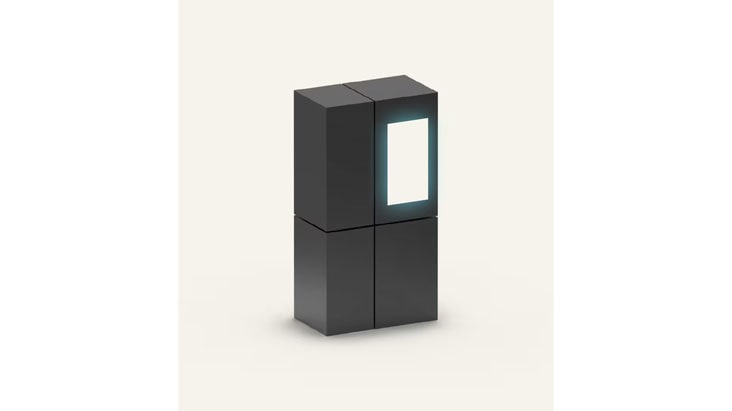

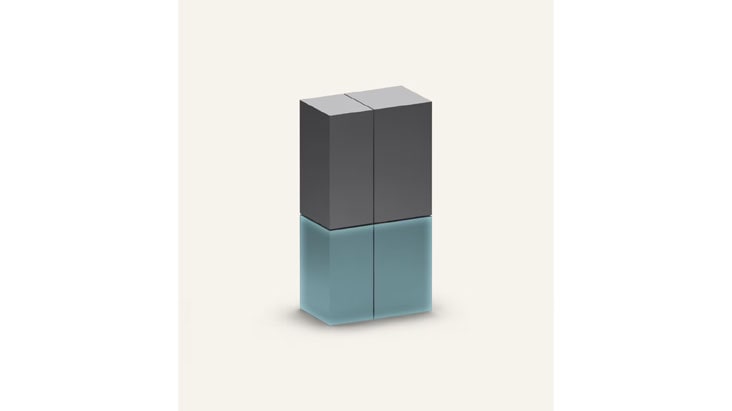


.jpg)
.jpg)